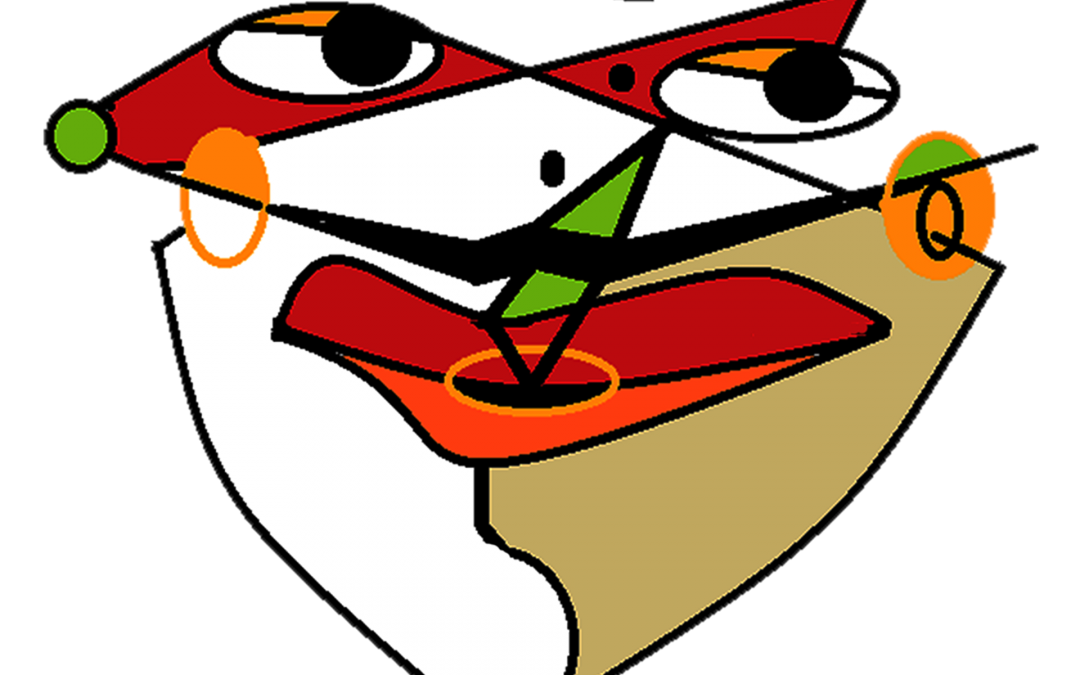Before the great painter, Pablo Picasso, invented cubism, he learned to paint like the old masters: realistically. He packed up his easel and his paintbox and went to the local museum. Sitting down in front of the paintings created over the centuries, he practised drawing, painting, and perspective.
Composers, such as Ludwig van Beethoven, learned to play other people’s music before composing his own.
The structure I suggest for your book to create a brilliant book outline is tried and true: the ‘why’, ‘what’ and ‘how’ structure. Divide your ideas up into nine chapters. Three chapters about ‘why’, three chapters about ‘what’ and three chapters about ‘how’.
There are many ways to structure a book. You can do an interview structure, a chronological structure, and a listicle structure or an acronym that can form your structure. But the ‘why’, ‘what’ and ‘how’ structure has been used by many brilliant business book writers before you. Start there.
But why choose a structure when you start? Because the two most common traps for writers are:
- changing your ideas and,
- changing your structure.
I have seen authors revise their ideas and structure for years. What happens? Nothing. The book stays unwritten.
You may feel setting a strict structure inhibits your creativity. I disagree. The masters in any field are creative within a structure. Consider tennis. But if you have ever watched tennis greats like Ash Barty or Rafael Nadal play, you will see creativity on fire in how they interpret the strict rules of that game.
If you could be any writer in history, who would you be?

